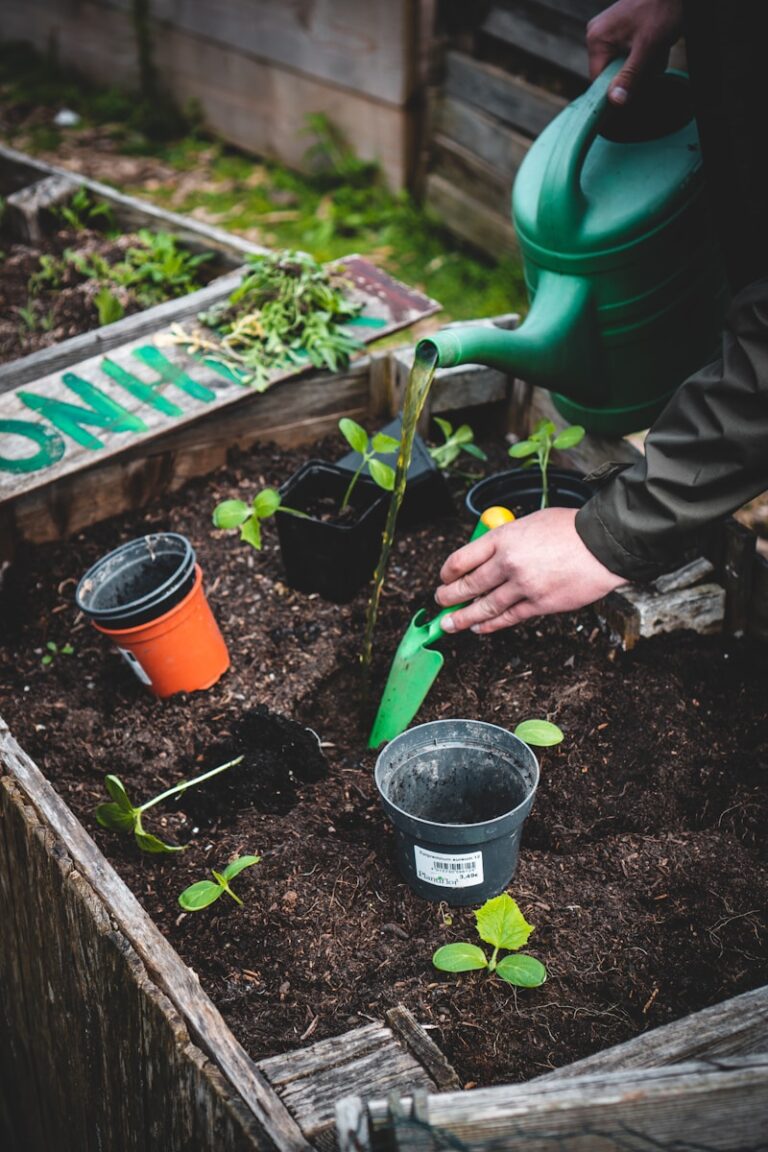How to Grow Your Own Tea Garden at Home: Easy Tips for Beginners
Growing your own tea garden at home can be a rewarding and enjoyable experience. It allows you to have fresh, flavorful ingredients readily available for your favorite blends. Whether you have a spacious backyard or just a windowsill, there are many herbs and plants suited for home cultivation.
You can successfully grow tea plants or herbal tea herbs at home with the right care and conditions. This guide will help you understand the basics of creating your own tea garden, so you can enjoy fresh, homemade tea anytime.
Choose Camellia sinensis seedlings
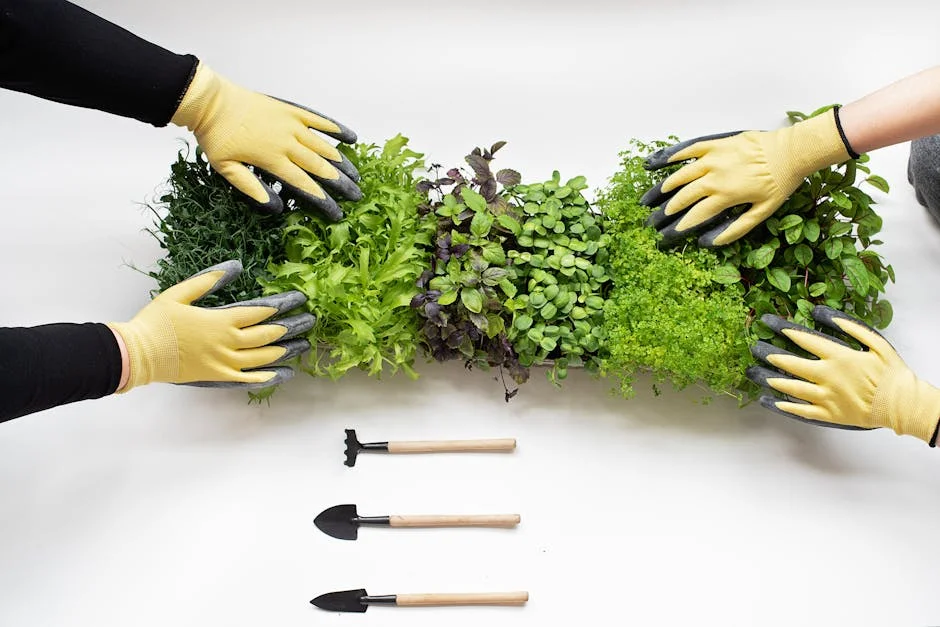
Start by picking healthy Camellia sinensis seedlings from a trusted nursery or garden center. Look for vibrant green leaves without spots or signs of disease.
Select a variety that suits your climate. For cooler areas, standard Camellia sinensis works well. In warmer regions, consider the Assamica variety.
Make sure the seedlings have strong roots and are not root-bound. This helps them establish quickly once planted.
You can also start from seeds if you prefer. Just be aware that it takes longer to grow and needs careful attention during germination.
Select a sunny spot with well-drained soil
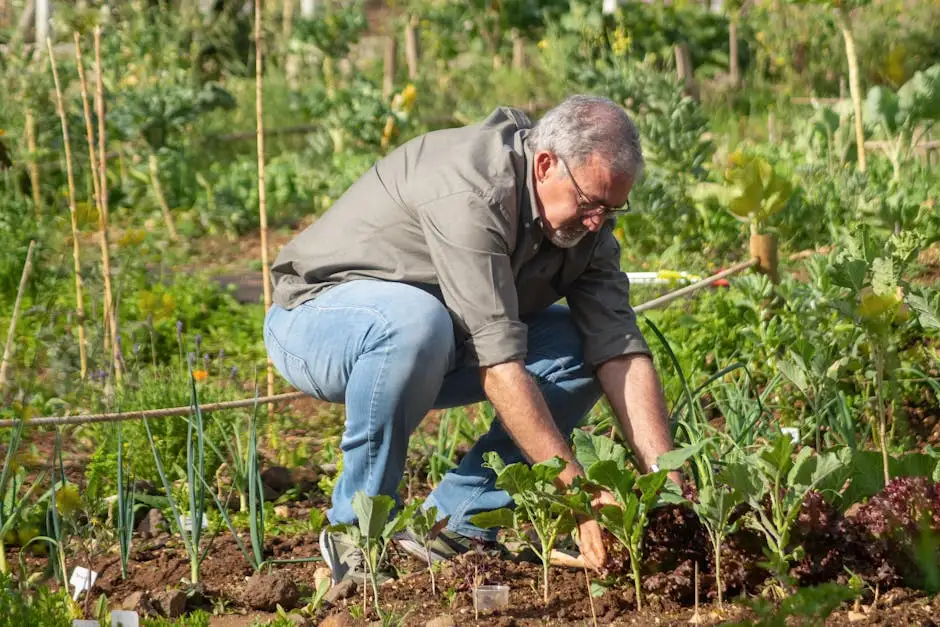
Choose a location that gets 4 to 6 hours of direct sunlight daily. Tea plants and most herbs in your tea garden need plenty of light but can benefit from some afternoon shade on the hottest days.
Make sure the soil drains well to avoid waterlogging. You want soil with good airflow and a slightly acidic pH, ideally between 4.5 and 6.0.
If your soil is heavy or clay-like, you can improve drainage by adding organic matter or planting in raised beds or containers. This helps keep roots healthy and happy.
Use pots or containers for small spaces

You can easily grow tea plants in pots or containers, making it perfect for small spaces like balconies or patios. Tea plants like Camellia sinensis do well in containers and usually stay around 6 feet tall, which is manageable for most homes.
Choose pots with good drainage and use acidic, well-drained soil. Keep your tea plant in bright, indirect light and maintain consistent moisture without overwatering. This setup helps your tea plant stay healthy and productive even in limited space.
Containers also allow you to move your plants indoors during colder months if needed, giving you more control over their environment.
Plant popular herbs like chamomile and mint
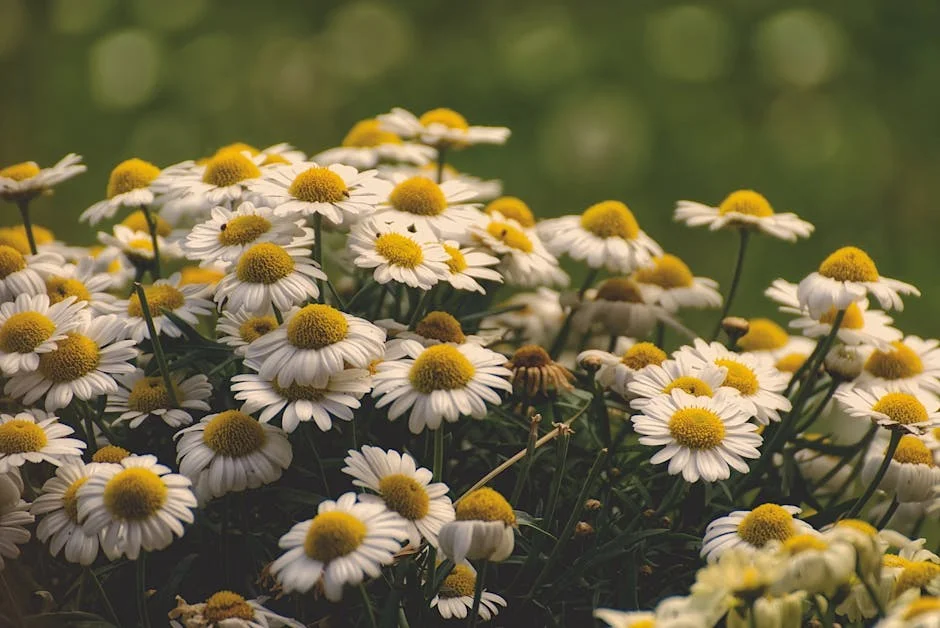
Start your tea garden with easy-to-grow herbs like chamomile and mint. Chamomile is known for its gentle, calming properties, making it a perfect addition for bedtime teas. It thrives in well-drained soil and partial sunlight.
Mint grows quickly and adds a fresh, bright flavor to your blends. It prefers moist soil and can spread fast, so consider planting it in a container. Both herbs are forgiving for beginners and will give you a rewarding harvest.
By choosing popular herbs like these, you’ll enjoy fresh, flavorful teas right from your garden anytime.
Prepare soil with organic compost
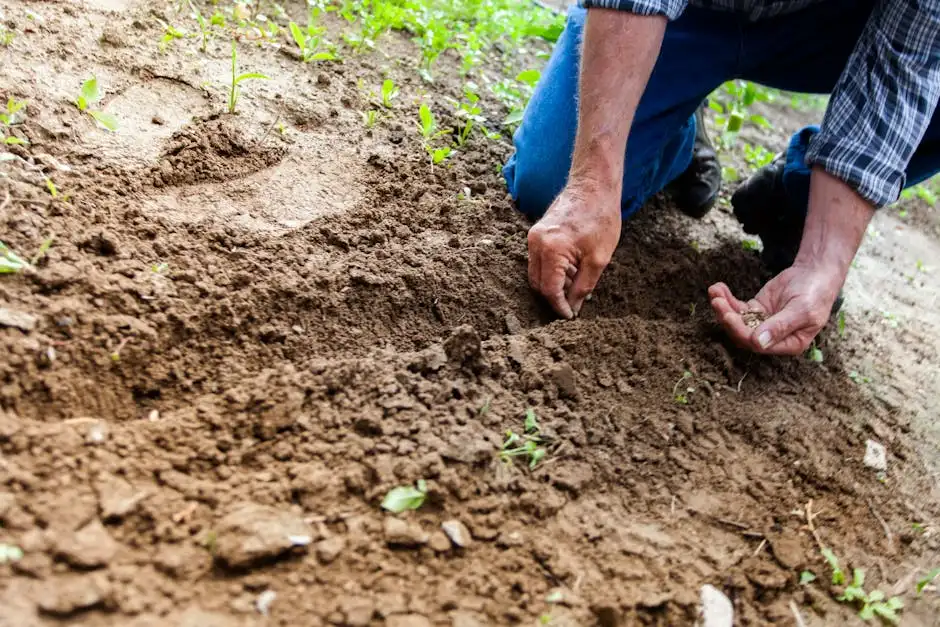
Start by enriching your garden soil with organic compost. This helps improve soil structure and provides essential nutrients for your tea plants.
Mix compost into the soil to create a loose, well-drained environment. Many tea herbs prefer slightly acidic to neutral soil, so compost can help balance pH naturally.
Using compost also encourages beneficial microorganisms, which support healthy plant growth. This simple step sets a strong foundation for a thriving tea garden.
Water plants regularly but avoid waterlogging
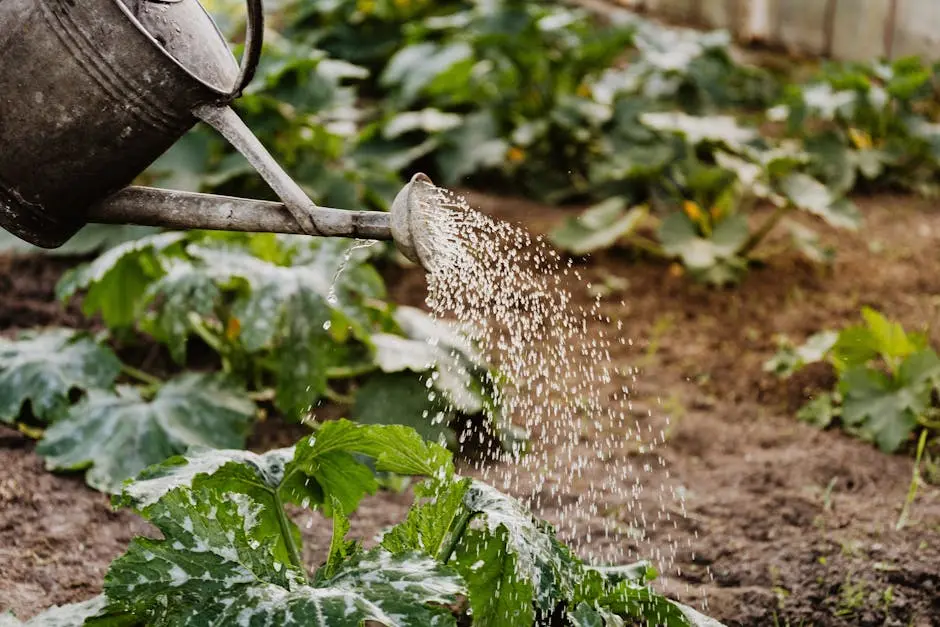
You’ll want to keep your tea plants’ soil consistently moist to help them grow strong. Water them often, but be careful not to let the soil become soggy.
Too much water can harm the roots and slow growth. Make sure your pots or garden beds have good drainage to prevent standing water.
Let the soil dry out a bit between watering sessions. This balance helps your tea plants stay healthy and thrive without stress.
Prune tea plants to encourage new growth
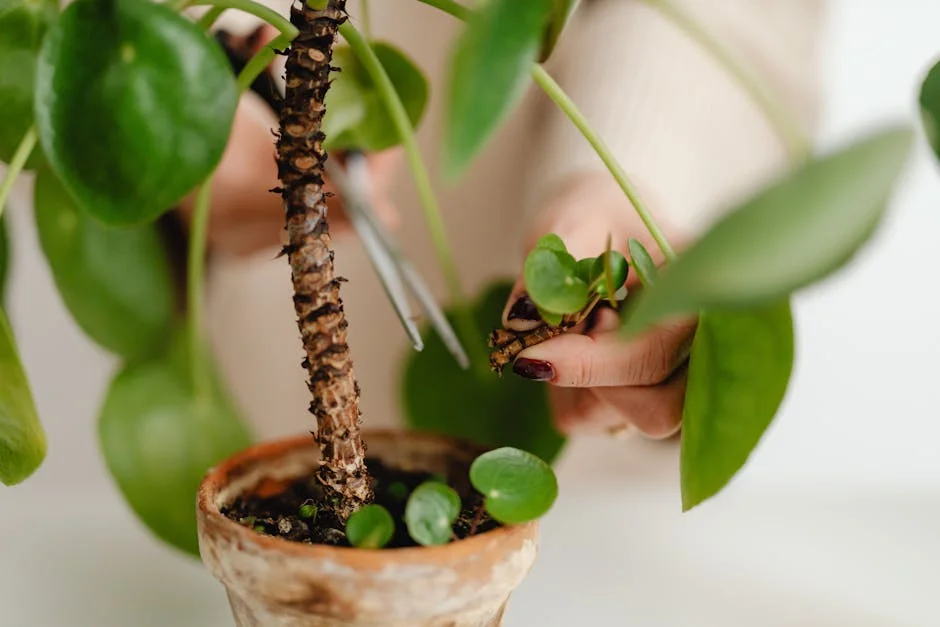
You should prune your tea plants regularly to keep them healthy and productive. Removing dead or damaged branches helps prevent disease and allows more light to reach new shoots.
Pruning also shapes your plant into a manageable size, usually about 3 to 5 feet tall. Focus on trimming the top branches if you want to control the height.
Try to prune lightly in early spring, after the plant wakes from dormancy. This timing encourages fresh growth and prepares your tea plant for a good harvest. Avoid heavy pruning just before blooming to reduce stress.
Harvest leaves early morning for best flavor
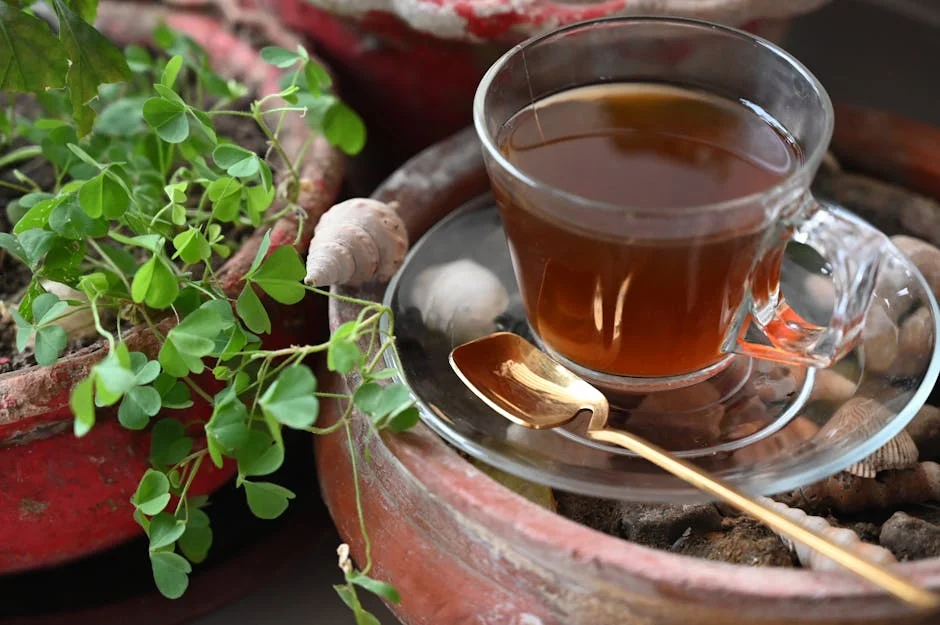
You should harvest your tea leaves early in the morning, after the dew has dried but before the sun gets too hot. This timing helps preserve the essential oils that give your tea its unique flavor.
Morning harvesting also keeps the leaves fresh and at their peak. Using sharp scissors or pruners will make clean cuts, which helps the plant stay healthy.
By picking your leaves early, you capture the best aroma and taste, making your homemade tea even more enjoyable.
Dry tea leaves naturally in a shaded area
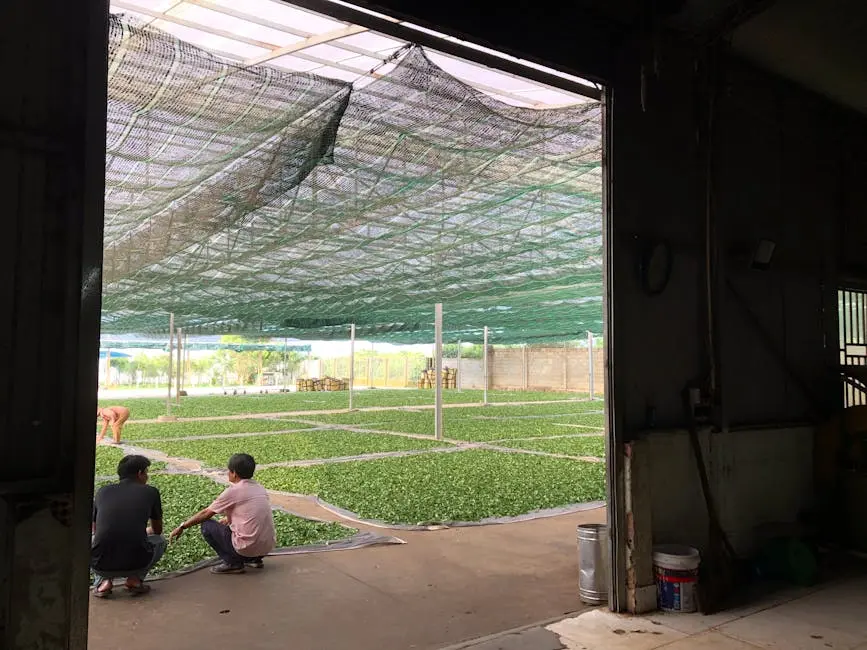
To dry your tea leaves naturally, start by harvesting them in the morning after the dew has dried. Gently rinse the leaves if needed and pat them dry.
Next, spread the leaves out in a single layer on a clean tray or screen. Place the tray in a shaded, well-ventilated spot to avoid direct sunlight, which can fade flavor and color.
Allow the leaves to dry slowly over several days. Turn them occasionally to help even drying and prevent mold. Once crisp and dry, store them in an airtight container away from light and moisture to keep their freshness.
Protect plants from pests with neem oil
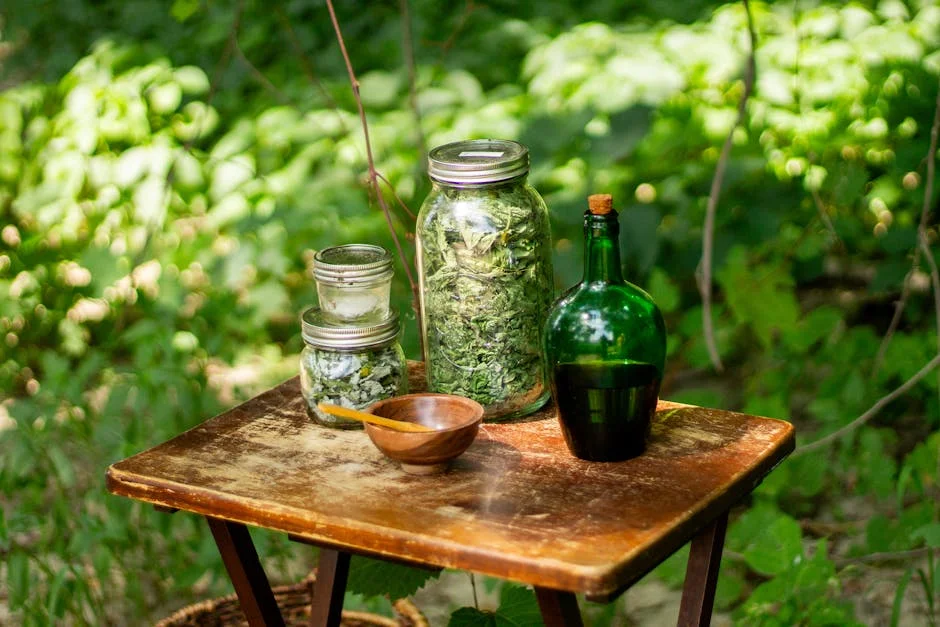
You can use neem oil as a natural way to protect your tea plants from common pests like aphids, spider mites, and whiteflies. It works by disrupting the pests’ feeding and breeding cycles without harming beneficial insects.
Mix neem oil with water and a few drops of mild soap to create a spray. Apply it directly to your plants’ leaves, especially on the undersides where pests often hide.
Neem oil also helps control some fungal diseases, keeping your garden healthy without chemicals. Use it regularly, but avoid applying it in direct sunlight to prevent leaf damage.







